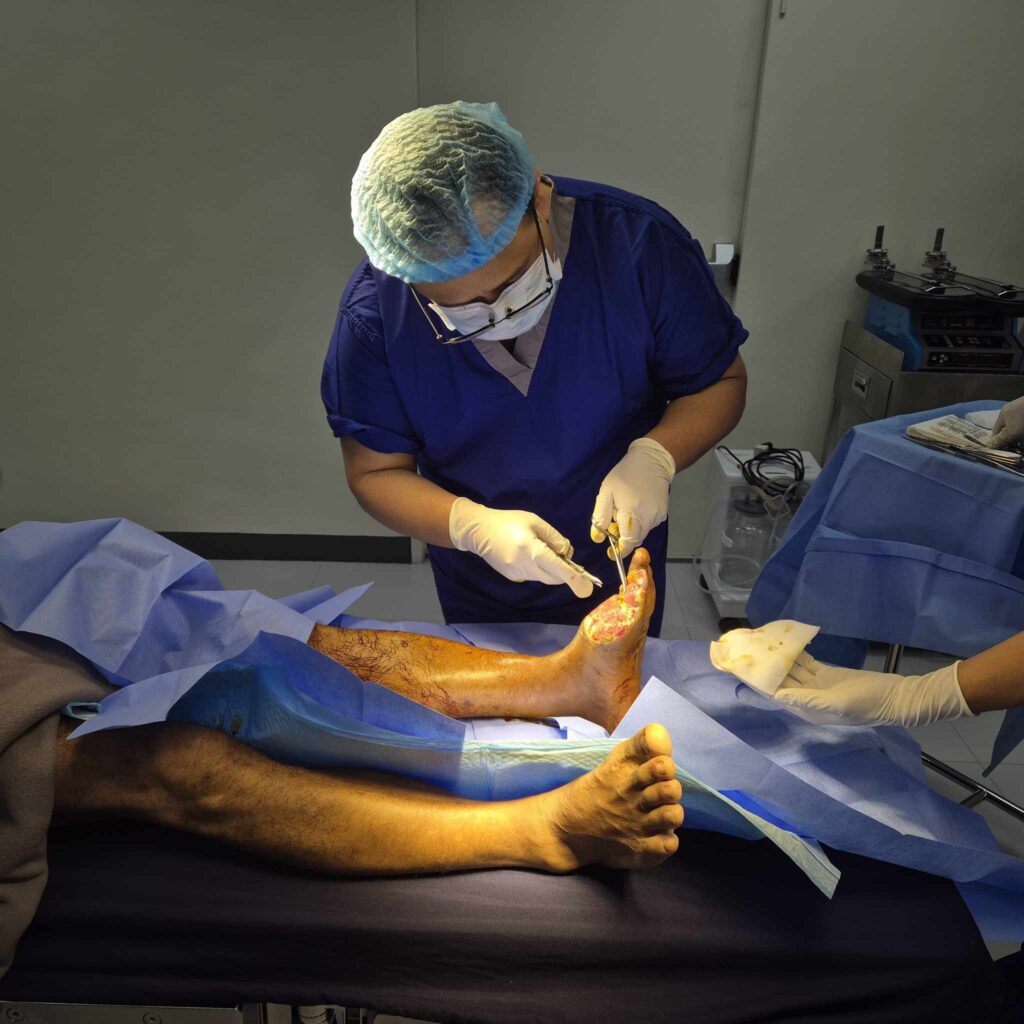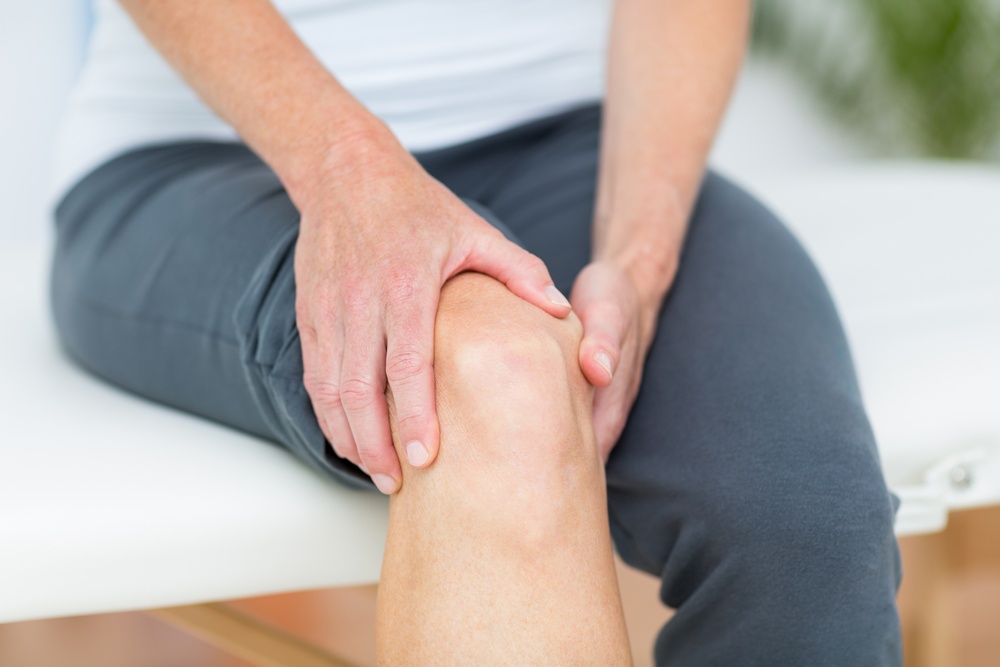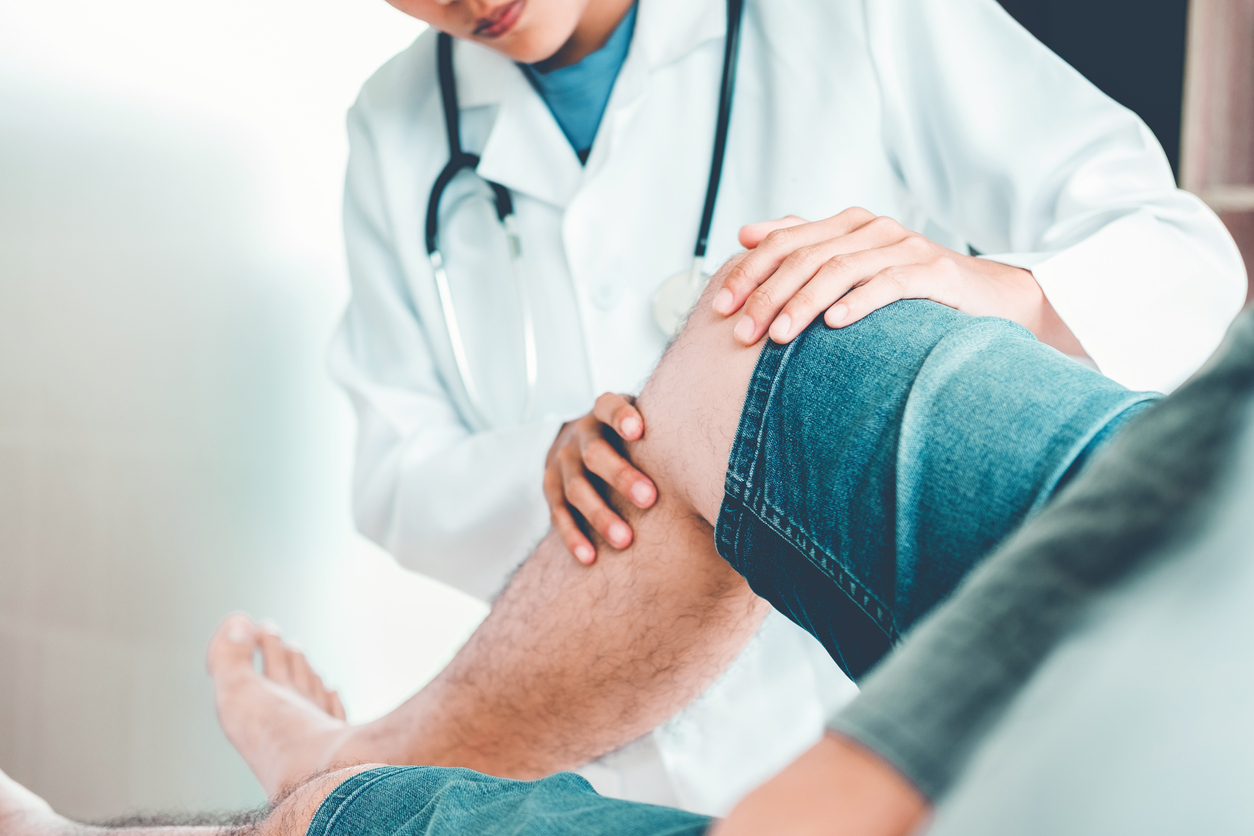Proper wound care and debridement are crucial for promoting faster recovery and preventing infections. In the realm of general surgery, ensuring that wounds heal efficiently is one of the primary goals for both patients and medical professionals. Wound care involves monitoring, cleaning, and dressing the wound, while debridement specifically targets the removal of necrotic or damaged tissue to create a healthy environment for healing. Without proper care, wounds can become chronic, infected, or may result in complications that extend recovery time. Modern surgical solutions have revolutionized the approach to wound care, allowing precise interventions and minimizing tissue damage. By integrating advanced techniques with patient-centered approaches, surgeons can significantly improve outcomes. Understanding how these processes work is essential for anyone involved in post-surgical recovery or wound management.
Wound care and debridement are not one-size-fits-all procedures. Different wounds require tailored approaches based on their type, depth, and underlying health conditions. Acute wounds, such as surgical incisions or traumatic cuts, typically respond well to standard cleaning and surgical debridement. Chronic wounds, including pressure ulcers or diabetic ulcers, may require more advanced or repeated interventions. The primary goal of debridement is to remove non-viable tissue while minimizing trauma to healthy tissue. Modern surgical solutions also focus on reducing pain, preventing infection, and supporting the body’s natural healing processes. Patients benefit when wound care is proactive rather than reactive, addressing potential complications before they arise. Experts like Dr. Kevin Bryan E. Marin emphasize the importance of timely and precise interventions for optimal outcomes.
Different Techniques of Debridement
Debridement can be performed using several techniques, each suited to specific wound types and patient conditions. Surgical debridement involves the careful excision of dead tissue using scalpels or other precise instruments, ensuring healthy tissue remains intact. Mechanical debridement utilizes methods such as wet-to-dry dressings or specialized tools to gently remove necrotic tissue. Autolytic debridement leverages the body’s natural enzymatic processes to break down damaged tissue gradually, which can be particularly beneficial for patients with sensitive skin. Enzymatic debridement applies topical enzymes directly to the wound, accelerating the removal of non-viable tissue without harming surrounding healthy areas. Biological debridement, an innovative approach, uses medical-grade maggots to selectively consume dead tissue while leaving living tissue unharmed.
Key benefits of these techniques include:
- Reducing risk of infection by removing necrotic tissue
- Enhancing the effectiveness of wound dressings and medications
- Accelerating the body’s natural healing processes
- Minimizing patient discomfort during treatment
- Improving long-term cosmetic and functional outcomes
Selecting the right debridement technique requires careful assessment of wound characteristics, patient health, and recovery goals. Medical professionals prioritize methods that balance effectiveness with patient comfort. Modern surgical solutions have made it possible to perform many debridement procedures with minimal invasiveness, allowing quicker recovery and less post-procedure pain.
Wound Care in Liver, Gall Bladder, and Abdominal Surgeries
Surgical procedures on the liver, gall bladder, and other abdominal organs carry specific risks for wound complications. Post-operative wounds in these areas are prone to infection due to the proximity to internal organs and the complexity of the surgery. Proper wound care and debridement in these cases are essential to prevent sepsis or delayed healing. Surgeons like Dr. Kevin Bryan E. Marin employ precise surgical techniques that minimize tissue damage while ensuring thorough removal of necrotic areas. Monitoring and dressing protocols are adapted to each patient’s recovery trajectory, providing continuous support for healing. Advanced wound care also includes educating patients on signs of infection, dietary considerations, and activity modifications to support recovery.
Patients undergoing liver or gall bladder surgery benefit from specialized wound care plans that address both the surgical incision and underlying tissue health. Timely debridement ensures that necrotic tissue does not compromise recovery, reducing hospital stays and improving overall outcomes. Pro-Create Multi-Specialty Clinic has developed integrated care protocols that combine surgical expertise, wound monitoring, and rehabilitation support, creating a seamless healing experience for patients.
Modern Surgical Solutions for Wound Healing
The field of wound care has evolved significantly with the introduction of modern surgical solutions. Minimally invasive techniques reduce tissue trauma, improve cosmetic outcomes, and accelerate the recovery process. Advanced dressing materials, including hydrocolloids, foam dressings, and antimicrobial films, provide optimal moisture balance while preventing infection. Technology plays an increasing role in wound management, with devices that monitor moisture levels, temperature, and healing progress.
Benefits of modern surgical solutions include:
- Faster wound closure and reduced hospitalization time
- Decreased risk of post-operative infections
- Improved patient comfort through less invasive procedures
- Enhanced ability to monitor and adjust care plans in real time
- Reduced scarring and improved functional outcomes
Surgeons and wound care specialists work closely to determine the best approach for each patient. Combining traditional surgical expertise with innovative solutions ensures both short-term recovery and long-term health of the tissue.
Role of Multidisciplinary Clinics in Wound Management
Comprehensive wound care often requires collaboration among various healthcare professionals. Multidisciplinary clinics like Pro-Create Multi-Specialty Clinic bring together surgeons, nurses, rehabilitation therapists, and nutritionists to provide holistic care. Each patient receives an individualized wound management plan that addresses their specific medical needs, lifestyle, and recovery goals. By coordinating care, these clinics minimize the risk of complications, provide faster healing, and improve overall patient satisfaction.
Key advantages of multidisciplinary wound management:
- Personalized care plans tailored to each patient
- Continuous monitoring and adjustment of treatment protocols
- Integration of surgical, medical, and rehabilitative expertise
- Education and support for patients and caregivers
- Access to cutting-edge technology and modern surgical solutions
Patients benefit from ongoing professional oversight, ensuring that wound care is proactive and complications are addressed promptly. Collaborative care fosters confidence and adherence to recovery protocols, ultimately leading to better outcomes.
Preventing Complications and Promoting Faster Recovery
Effective wound care and debridement go beyond the surgical table. Preventing complications involves recognizing early signs of infection, maintaining proper hygiene, and following dressing protocols meticulously. Patients are encouraged to monitor their wounds for redness, swelling, or unusual discharge, which may indicate infection or delayed healing. Nutritional support, including adequate protein and vitamins, plays a vital role in tissue regeneration. Lifestyle adjustments such as controlled activity levels and proper hydration further support recovery.
Education is a critical component of post-surgical wound management. Patients who understand their wound care plan are more likely to follow instructions, adhere to medication schedules, and attend follow-up visits. Pro-Create Multi-Specialty Clinic emphasizes patient empowerment through clear communication, ensuring that individuals can participate actively in their healing process.
Frequently Asked Questions (FAQ)
- What is the difference between debridement and regular wound cleaning?
Debridement involves the removal of dead or necrotic tissue to promote healing, while regular cleaning only removes surface dirt and debris. - How long does it take for a surgical wound to heal after debridement?
Healing time depends on the wound size, location, patient health, and care provided. Most surgical wounds begin to show improvement within one to two weeks. - Are there risks associated with debridement procedures?
Risks include mild bleeding, infection, or temporary discomfort, but modern surgical solutions minimize these complications. - Can chronic wounds benefit from modern surgical solutions?
Yes, chronic wounds often respond well to advanced techniques such as enzymatic, autolytic, or biological debridement. - How does Pro-Create Multi-Specialty Clinic support patients post-surgery?
The clinic offers multidisciplinary care, continuous monitoring, patient education, and access to modern wound management technologies. - Is debridement painful, and what pain management options are available?
Pain is usually minimal, and local anesthesia or topical analgesics are commonly used to ensure patient comfort. - How often should wounds be checked after liver or gall bladder surgery?
Wounds should be monitored daily at home and checked by a healthcare professional at regular intervals, typically every few days during the first two weeks post-surgery.
Takeaway
Wound care and debridement are essential components of surgical recovery and overall patient health. Modern surgical solutions, combined with personalized care plans at multidisciplinary clinics, ensure faster healing, reduced complications, and improved long-term outcomes. By understanding the techniques, benefits, and best practices, patients and caregivers can actively participate in recovery, promoting optimal results and quality of life.






